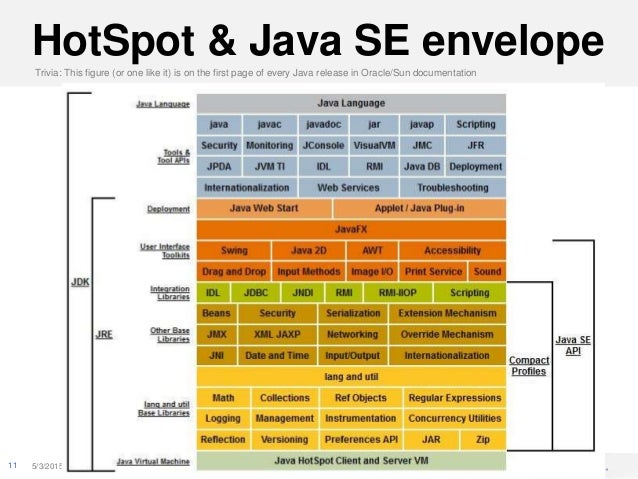

opt/openjdk-11/bin:/usr/local/sbin:/usr/local/bin:/usr/sbin:/usr/bin:/sbin:/binīut when I run java itself, I get: / # java -versionĪnd I get kicked out of the container. + echo /opt/openjdk-11/bin:/usr/local/sbin:/usr/local/bin:/usr/sbin:/usr/bin:/sbin:/bin Tar -extract -file /openjdk.tgz -directory "$JAVA_HOME" -strip-components 1 \Īfter that, I can confirm that a few things seem correct: / # ls -lah $JAVA_HOME/bin/java In summary, JDK 19 is another release with lots to appeal to developers and keeps the Java platform moving forward.I'm trying to build an alpine docker image with openjdk 11. This API aims to enable programmer-level control of using SIMD vector operations at the CPU level. The Vector API (not to be confused with the Vector collections class) has been updated and provides closer integration with the FFAM API. This is part of Project Panama, which replaces the Java Native Interface (and also provides a public API for some of the functionality in ). The Foreign Function and Memory (FFAM) API has been moved to a preview feature from an incubator module. By matching against a record type declaration, the compiler can handle deconstruction, and the record’s elements can be accessed directly. In addition, JEP 405 introduces more Pattern Matching this time for records. The most significant change is to use when rather than for guarded patterns.
Zulu openjdk 11 update#
What else strikes your fancy regarding Java 19?Īt the Java language level, there is an update to Pattern Matching for Switch. An obvious question related to this is how does this differ from the existing ForkJoinPool functionality? ForkJoinPool is designed to handle compute-intensive tasks, whereas the structured concurrency API is for I/O-intensive tasks.
Zulu openjdk 11 code#
JEP 428 provides a mechanism to split a task into concurrent subtasks, which all return to the same place: the task’s code block. This aims to simplify Java concurrent programs by treating multiple tasks running in different threads (forked from the same parent thread) as a single unit of work. The second part is JEP 428, Structured Concurrency.

Rather than holding an OS thread (which are more limited in number), many connections can share a single OS thread and only use it when required. This is useful in web-based applications that handle very high numbers of connections that spend long periods idle (for example, when a user is making a decision). The JVM is responsible for scheduling and context-switching the Java threads. Rather than mapping each JVM thread to an operating system (OS) thread, multiple JVM threads can share an OS thread. The first part of this is JEP 425, Virtual Threads.

The two big JEPs in JDK 19 are part of the larger Project Loom, intended to enable better and more scalable concurrency in Java. This indicates that they are still subject to change before becoming final. This release, like most, is classified as a feature release rather than long-term support (LTS) release, meaning it is unlikely that users will deploy it in production unless they use a systematic CI/CD strategy and can change JDK without issue.Īll the JDK Enhancement Proposals (JEPs) included with JDK 19 (excluding JEP 422 Linux/RISC-V port) are either preview features or incubator modules. JDK 19 continues the steady pace of development for the Java platform, the tenth release since the switch to a time-based, six-month release cadence. What sets Java 19 apart from its predecessors?


 0 kommentar(er)
0 kommentar(er)
